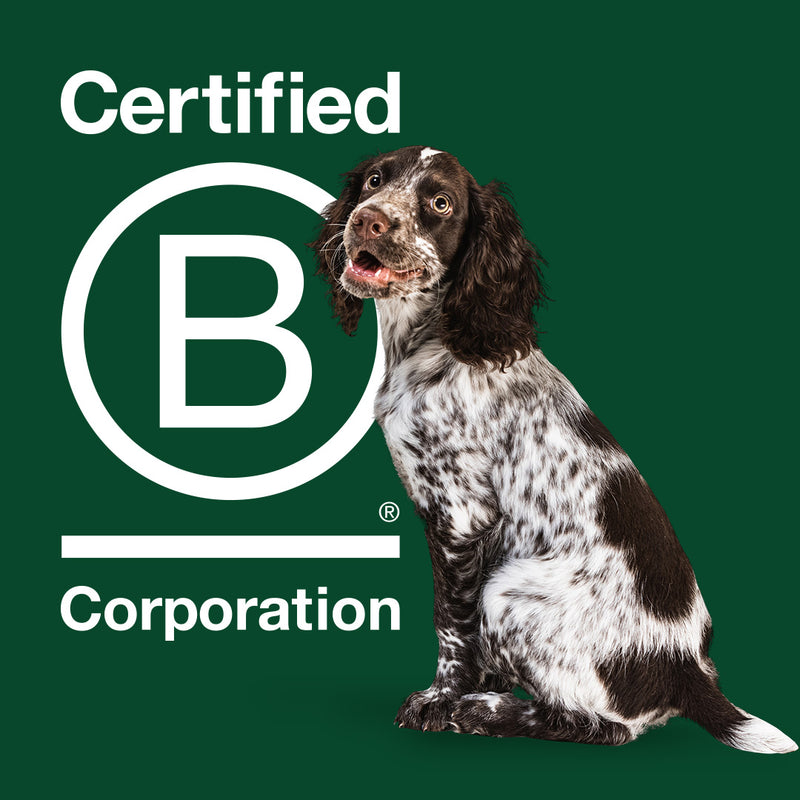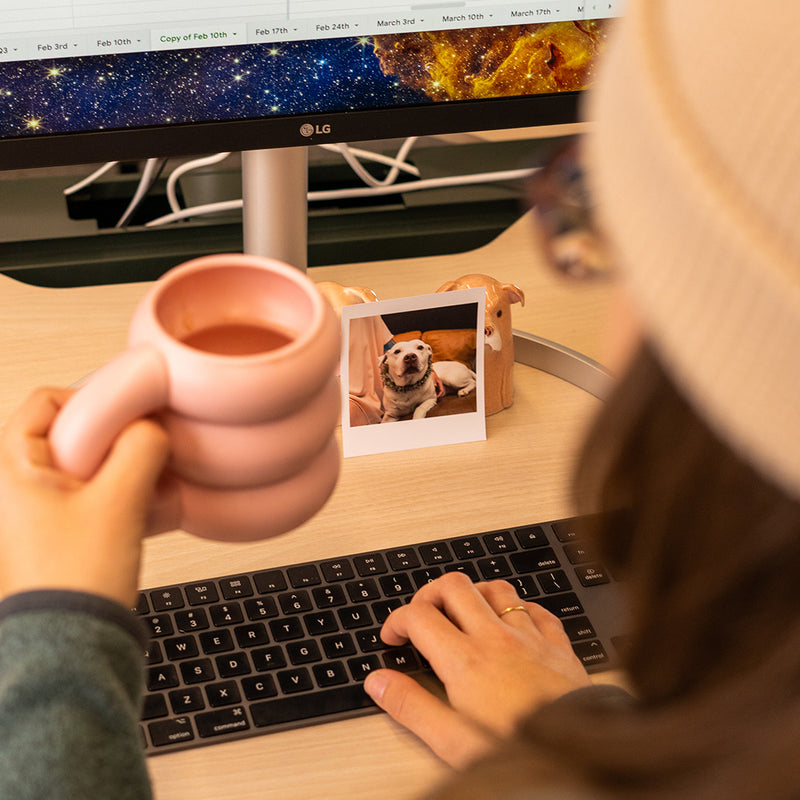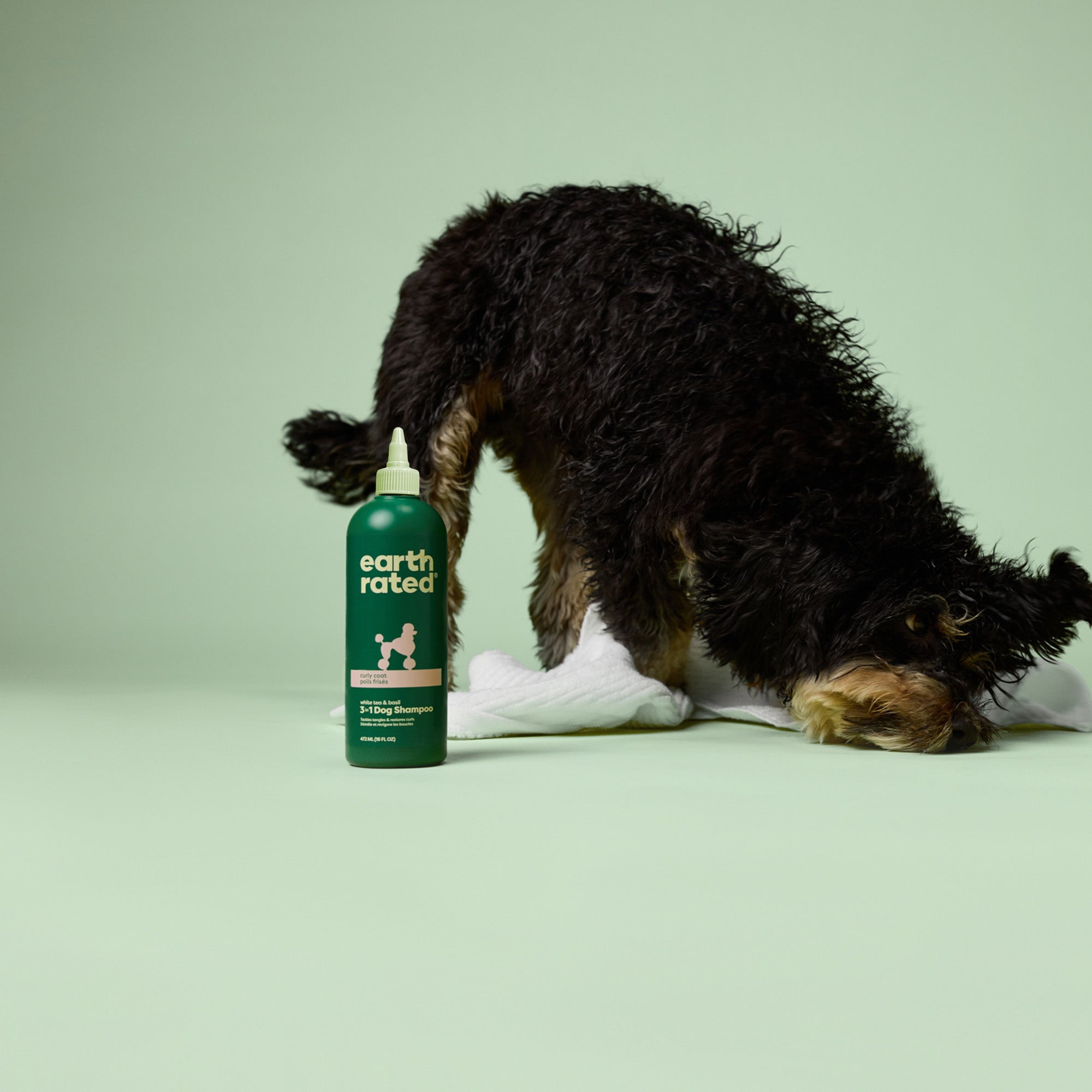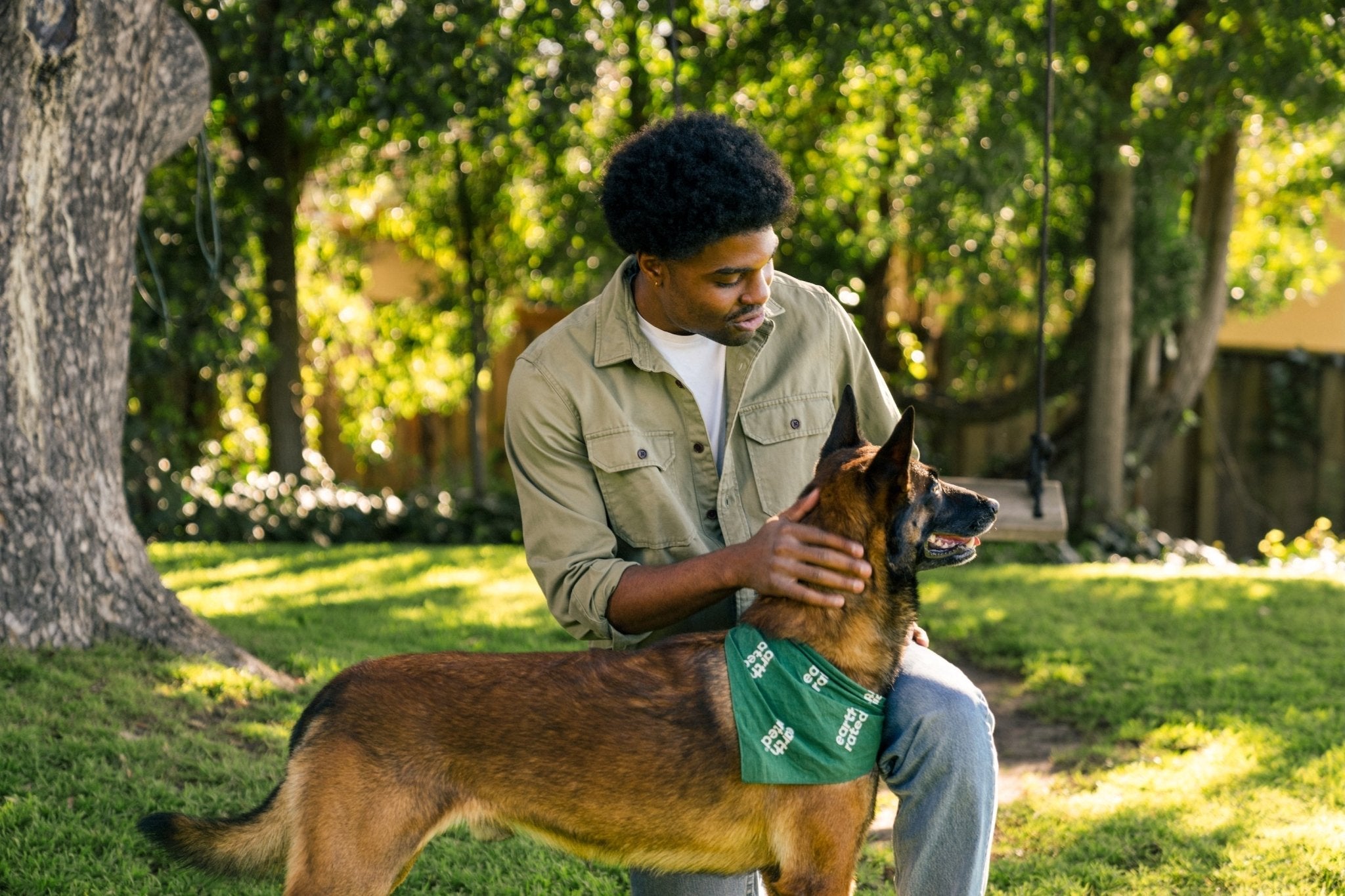You’re bundled up like a marshmallow, standing in knee-deep snow, freezing your toes off, while your dog stares at you with a look that says, “Nope, not happening.” Sound familiar? If your pup turns their potty breaks into a winter standoff, you’re not alone! In the winter, many dog owners are wondering why their dog won’t poop in the snow.
Snow can be a major roadblock for dogs when it comes to doing their business. Myriam Doré, an animal health technician, has found that teaching a dog to relieve themselves in the snow or cold weather can be challenging. The cold, the texture, and even the lack of familiar scents can throw your dog off their potty game.
But don’t fret! This guide has you covered. We’ll look at why your dog might be picky about pooping in the snow, and we'll share some practical tips to help these poo poo breaks be a little less challenging.

Why Do Some Dogs Refuse to Poop in Snow?
Sensitivity to Cold
Like us, some dogs just aren’t big fans of the cold or the chilly sensation snow leaves on their paw pads. Snow can feel strange and uncomfortable, especially for small breeds or short-haired pups.
Myriam explains that there are certain breeds that are particularly resilient to the cold weather, including:
-
Siberian Huskies
-
Alaskan Malamutes
-
Keeshonds
-
Samoyeds
-
Chow Chows
-
Tibetan Mastiffs
-
Norwegian Elkhounds
“These dogs have thick double coats and efficient metabolisms that allow them to maintain a stable body temperature,” explains Myriam.
Any dog can feel uncomfortable in the snow, though, which can make potty time a bit more challenging, regardless of the breed.
Change in Routine
Seasonal shifts can really throw off your dog’s usual potty routine. The snow and ice can alter the familiar scents and surfaces your dog is used to, especially since dogs rely very heavily on scents to know where to potty.
Dogs are very much creatures of habit, and changes to their routines can lead to curveballs in their behaviors.
Discomfort or Distrust of the Environment
“Anxiety or stress can have an impact on a dog’s behavior, especially when it comes to relieving itself,” explains Myriam. “Some dogs may be disturbed by the cold environment or snowstorms, making them reluctant to go outside or do their business.”
New or slippery surfaces like snow and ice can also make some dogs hesitant to relax enough to do their business. If your dog isn’t used to snow, this problem can be even worse.
How to Get Your Dog to Poop in Cold Weather
1. Make the Environment More Comfortable
Myriam recommends creating a reassuring environment for your pup. This might mean shoveling a designated area in the snow so that your dog feels more comfortable in their potty area. If the path to the potty is icy and slippery, consider sprinkling some pet-safe ice melter to prevent slips.
Myriam also recommends, “Calmly and gently accompany your dog outside, avoiding any big noises or behaviors that could frighten them.”
2. Use Protective Gear
Myriam explains, “Using dog boots is an excellent way to protect the paw pads from freezing temperatures, snow, and the salt often spread on the streets to melt the ice. This not only protects the paws from irritations and cuts caused by ice but also makes walks more comfortable and longer.”
Many dogs are reluctant to wear boots at first. Consider starting with short practice sessions indoors, complete with plenty of treats and praise. If your pup won’t wear boots, Myriam advises wiping off their paws after each walk using Earth Rated wipes. Snow and salt can lead to dry skin if left unchecked.
3. Establish a Routine
Myriam notes, “It is essential to maintain a regular schedule for outdoor trips, even in cold weather. Your dog may be less motivated to go outside, but sticking to a set routine for bathroom breaks will help with their training and reinforce consistent habits.”
Stick to regular potty times as much as possible and try to use the same location to make your dog feel more comfortable. After a successful potty trip, reward your dog with treats, pets, and positive reinforcement.
4. Training Tips for Cold Weather Potty Breaks
Using commands like “Go potty” can help signal what you expect, even when your dog is distracted by the snow. Clicker training can also work if your dog associates the clicker with going pee or poo. Taking your dog to the same spot each time can help your pup build a habit. Positive reinforcement can be a big motivator, especially for those pups motivated by tasty rewards.
All the regular training tips apply here. Training your dog to go to the bathroom on command can take time, but it can make these winter potty breaks much less of a hassle.
5. Keep Potty Breaks Short but Effective
When your dog doesn’t like the cold, it’s best not to drag the process out. Keep your outdoor time short and straight to the point. A quick walk beforehand can get things moving and make them more likely to go once you reach the designated potty area, but there is no need to walk a mile in uncomfortable conditions.
6. Manage Anxiety and Discomfort
Reducing anxiety and stress through play can stimulate a dog to go potty in the snow.
“By allowing them to expend energy in a positive way, this helps them relax and reduces overall anxiety,” explains Myriam. “Earth Rated toys are a great option for snow play, as they are made from durable materials while still being soft on your dog’s mouth.”
Additional Tips for Winter Potty Break Success
Here are some more tips to make your dog’s winter potty breaks a bit easier for everyone involved:
-
Adjust as necessary: Pay attention to your dog’s behavior during the colder months and adjust your approach as necessary. Some dogs might need some extra encouragement every time the snow falls, while others just might need a little extra time to get comfortable.
-
Clean your dog’s feet: After your pup goes outside, clean their paws and fur to remove snow and residue. Road salt can be especially dangerous to your pet’s paws, leading to dryness and paw chewing.
-
Be patient: It can be very frustrating when your dog won’t do their business as usual in the snow. But it’s important to stay calm, or you risk causing even more stress for your pup.
-
Warm up first: Let your dog play indoors or do some light walking outside before you head to their usual potty spot.
-
Timing is everything: Consider adjusting your routine slightly so that your dog goes outside during the warmer parts of the day.
-
Keep them moving: If things seem to be taking a while, consider taking a short walk and then coming back to their designated potty area. Sometimes, a little movement can encourage your dog to chill out and lessen the shock of the bad weather.
-
Use an indoor toilet: While you’re training your pup to poop in the snow, consider using pee pads so your dog can relieve themselves inside.
Snow Problemo!
For some dogs, winter potty breaks are a battle. Refusal to poop in the snow is often caused by discomfort or anxiety, but there are many ways you can help your pup adjust. Try shovelling a clear potty spot to help your dog avoid the snow altogether. Some dogs may also benefit from snow boots to keep their paws warm, and others might just need a bit of positive reinforcement.
With patience and consistency, any dog can learn to adapt to snowy conditions like a pro. And when they do, Earth Rated’s poop bags will have you covered for every successful potty break!













